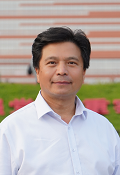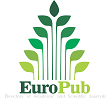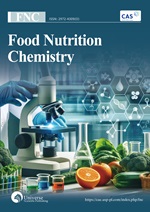About the Journal
Clean Energy Science and Technology (CEST, eISSN: 2972-4910) is an international open access peer-reviewed journal. The journal aims to publish high-quality, authoritative, and interdisciplinary insights in the form of original research article, review, commentary and more types in a wide range of fields, including biomass, solar energy, smart energy, wind and marine energy, hydrogen, the conversion and storage of clean energy, materials, equipment and safety, system optimisation, development and application, and clean energy policy, etc.
Journal Abbreviation:
Clean Energy Sci. Technol.
Announcements
Current Issue
Article
-
 Open Access
Open AccessArticle ID: 533







.jpg)
.jpg)

